Muscle’s been all over my social media feed for the past week. Dodge’s announcement of its new Multi-Energy lineup on the 5th got the car world talking. The basics, if you haven’t already seen them, are as follows: The Charger is coming in both electric and gas versions, and no, the gas version isn’t a Hemi. First out of the gate is the new EV setup — Dodge’s first ever — delivering up to 670 hp in Daytona guise. That’s good enough for quarter-mile times in the 11.50s and a sprint to 60 in 3.3 seconds thanks to AWD that balances out the car’s 5,800-lb heft.
Gas versions come later, known as the SIXPACK H.O and S.O. models. Both get a twin-turbo 3.0L Hurricane inline six — that engine will make 550 hp in the H.O and 420 hp in the S.O. Plenty of power, but no V8 rumble.
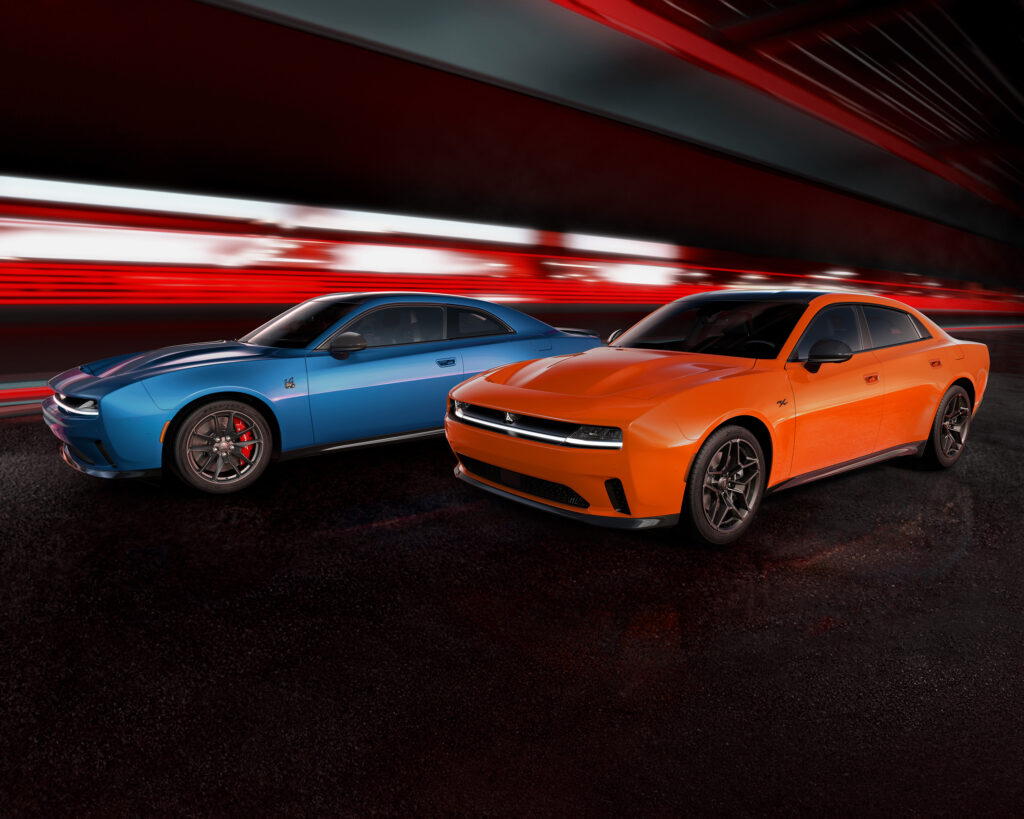
Dodge has tacked on a bunch of attitude as well — adjustable interior lighting, added-on exhaust profiles “worthy of the Brotherhood of Muscle,” and canned race options that include Donut Mode, Drift Mode and Race Prep, all accessible via a button on the steering wheel.
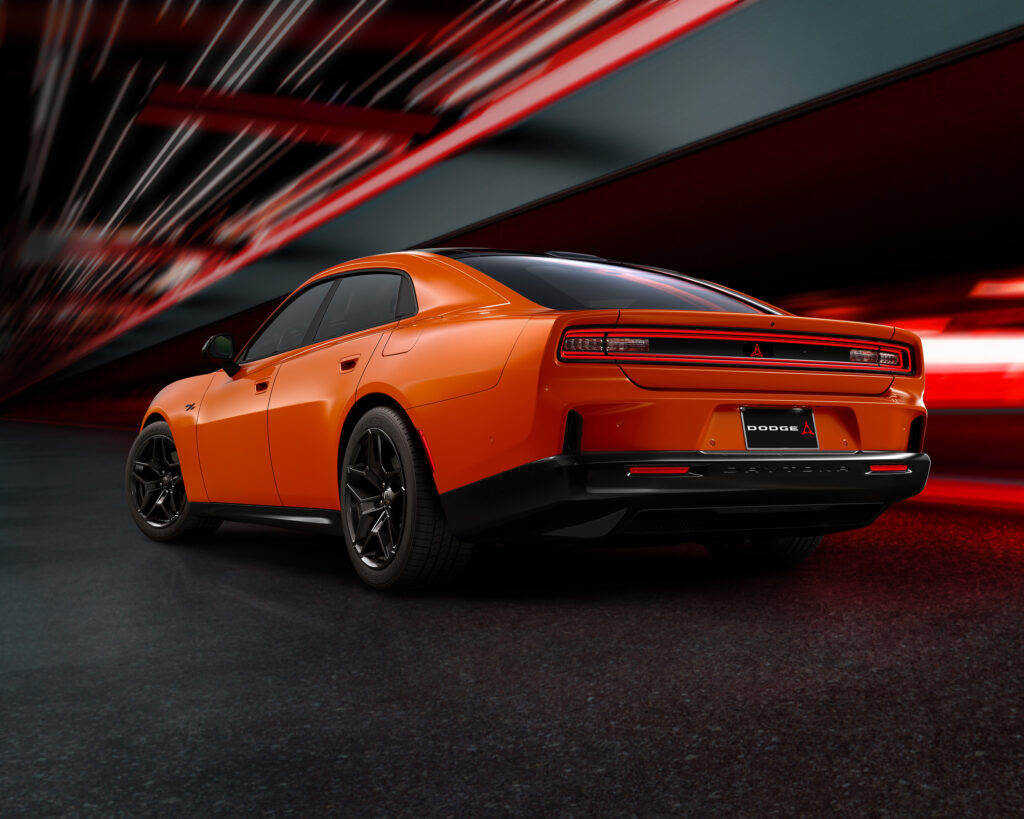
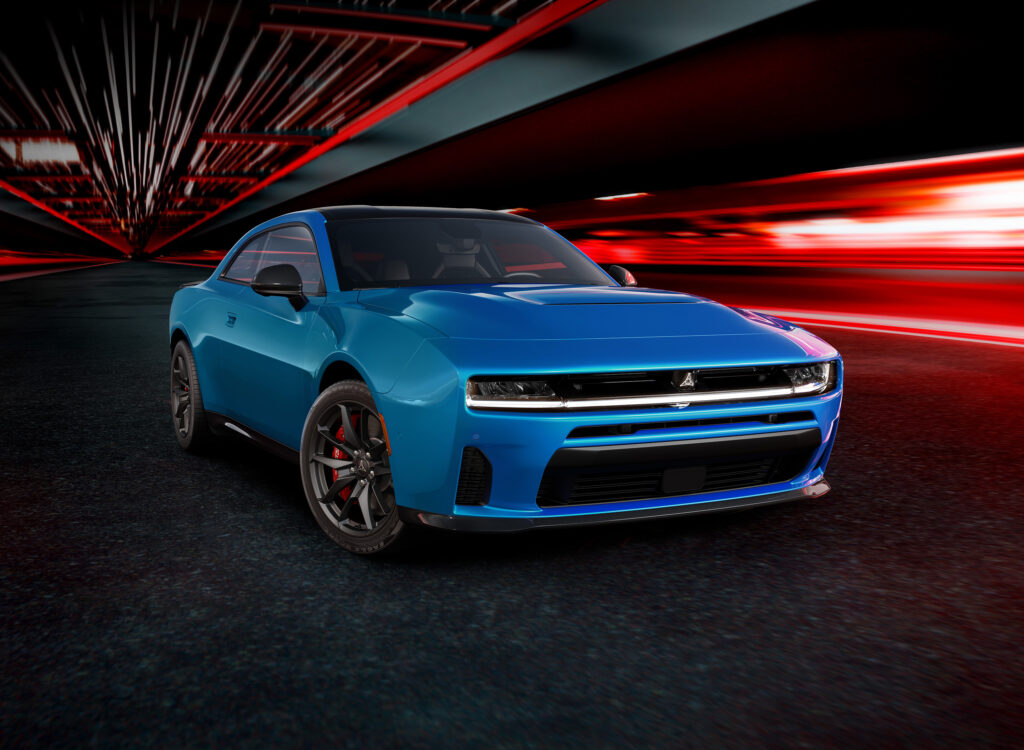
The web has been buzzing since the announcement, arguing about what muscle is and could be and lobbing predictions of both glory and malaise. Through all the noise, only one thing is clear: Everyone has an opinion.
Here’s mine:
On its face, the Charger sounds pretty good, and Dodge is all-in on calling it a muscle car regardless of how the view is from the outside. But unfortunately for Dodge, it seems like the buying public isn’t yet so sure. Just go look at any number of social media comments that have popped up in the wake of this week’s auto journalist opinion pieces.
You can’t blame the commenters. It’s an uphill battle for Dodge to be sure. How do you move forward when last year’s model still has all the mojo? How do you recapture the glory of 1969 when your core audience is convinced that we’re closer to 1974 in the muscle car timeline?
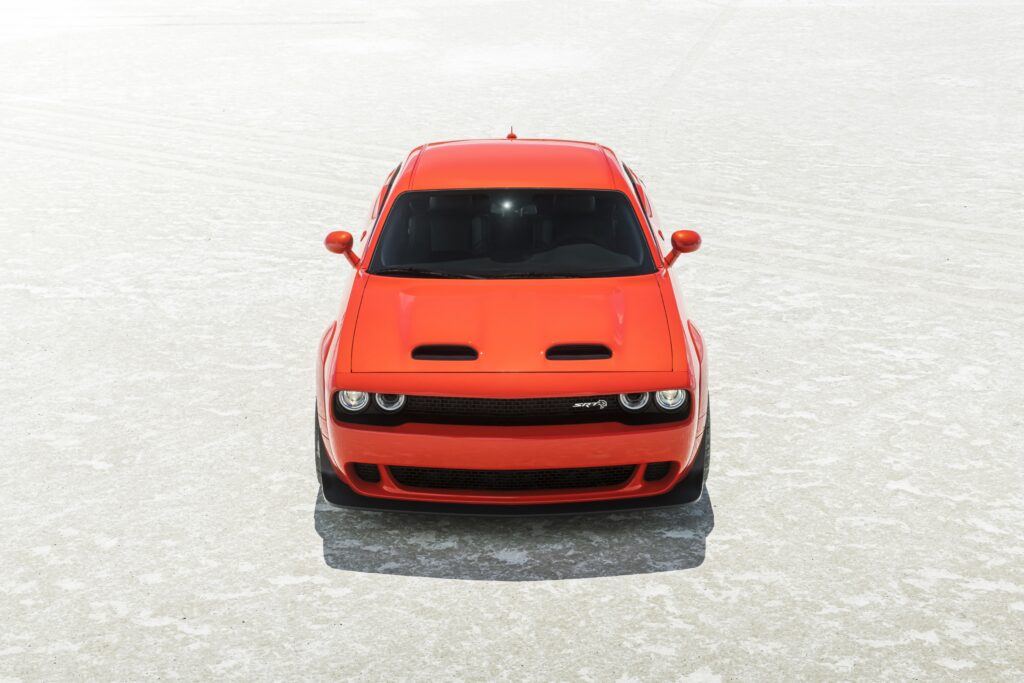
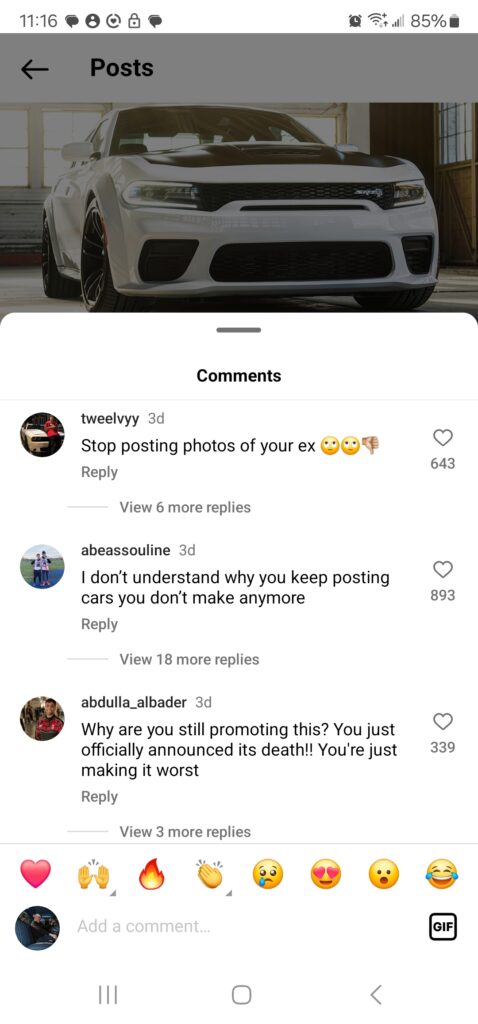
It’s telling that at Dodge’s booth inside of Barrett-Jackson Scottsdale this January, Widebody Hellcats were still the cornerstone, presented like a Greatest Hits album to a crowd of hardcore fans. Never mind that production of all Challengers had already ceased before B-J opened its doors. Details, right?
It also doesn’t help that Dodge’s social media team keeps posting pictures of the Hellcat on Instagram. Replies include “Quit posting pics of your ex GF!” and “Remember when you used to make these?” Hmm.
This piece by John Pearly Huffman is worth a read — and I think he’s right that muscle has, at least when new, been all about marketing. Dodge is working that angle already with all the modes and lights being packaged with this new car.
But I also think that a marketing view sells muscle short due to the fact that the original point of sale was just one moment in a muscle car’s long history. Curb appeal — not marketing — is what brought stoplight relevance for each subsequent owner and has kept muscle in demand in the current collector world. At its core, that appeal came from performance, style, modification — and maybe above all, accessibility, at least when the original muscle cars served as cheap fun for young people.
The way I see it, from day two on, muscle has been a social movement. It’s been that way at every cruise night, grudge race and car show from the 1960s to today. The lighting in a bottle that the OEMs unleashed on the streets of America was and has been self-sustaining because of the cars’ owners. In that world, the baddest car around — bought or built — was legend.
That social aspect is what Dodge is going to have to recapture for this car to be successful, which is a long and backward way of saying that Dodge needs to show the people they’ve built something to lust after: The baddest car around. Getting there will require curb appeal built of performance and swagger. Without the outgoing Hemi rumble, it’s going to be tough — but I don’t think it’s impossible.
Dodge just needs a strong focus and a target to stomp.
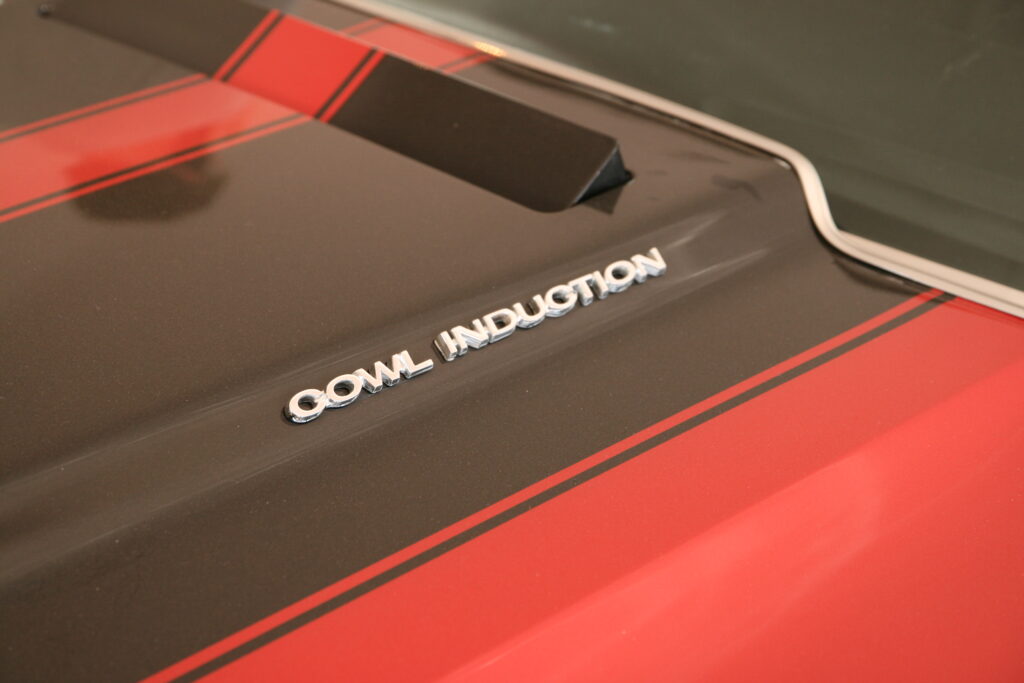
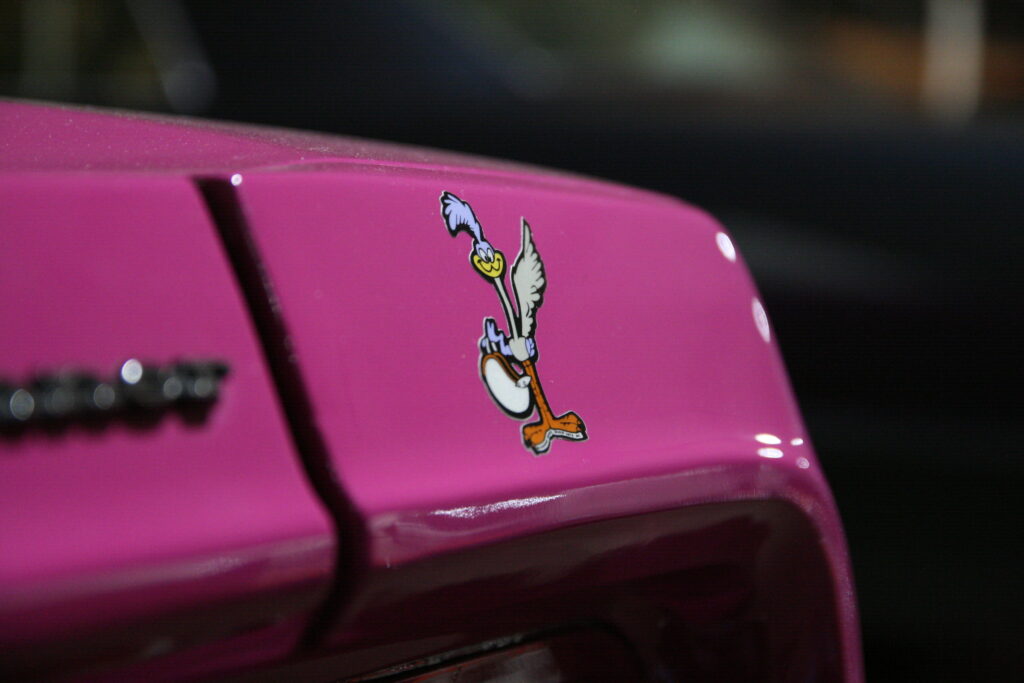
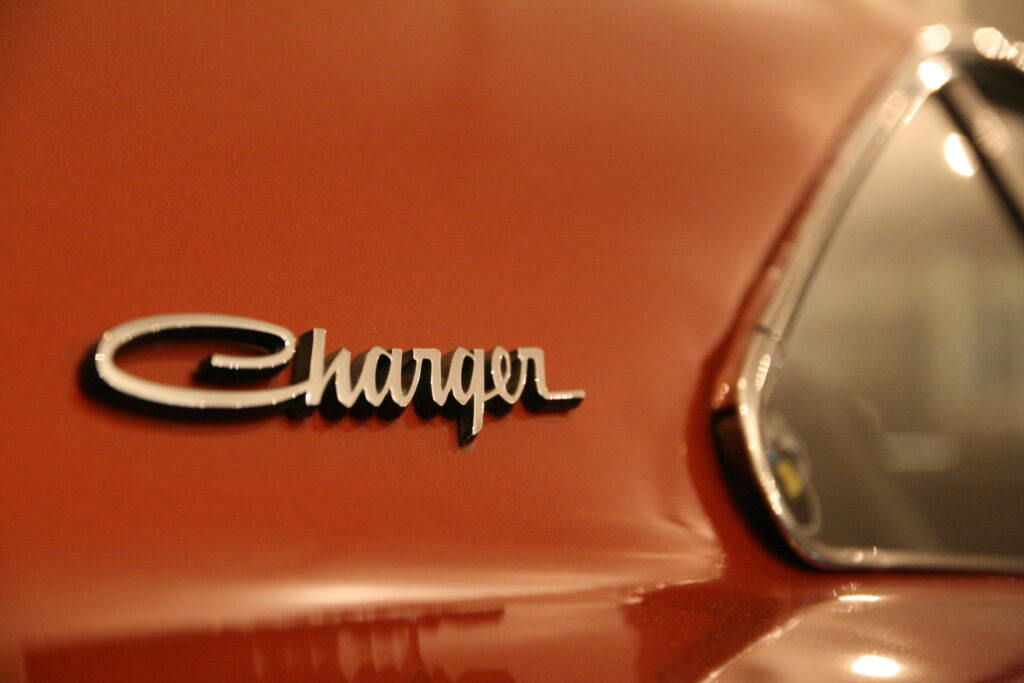
Every true muscle car needs a competitor to drive success. Right now, the Charger is locked in a battle with its former Hemi-powered self, and that’s a problem, because that’s a battle that the new car can’t currently win.
Dodge should really define a new target for this new tech, and then bring both engineering and marketing to bear on it. Who should it be? Well, if your EV muscle car isn’t faster than Tesla’s baddest EV benchmarks — and it doesn’t look like this new Charger is — what’s the point? Remember, the Model S P85D runs mid-11s already. The P100D drops another second off that. The Plaid runs 9s.
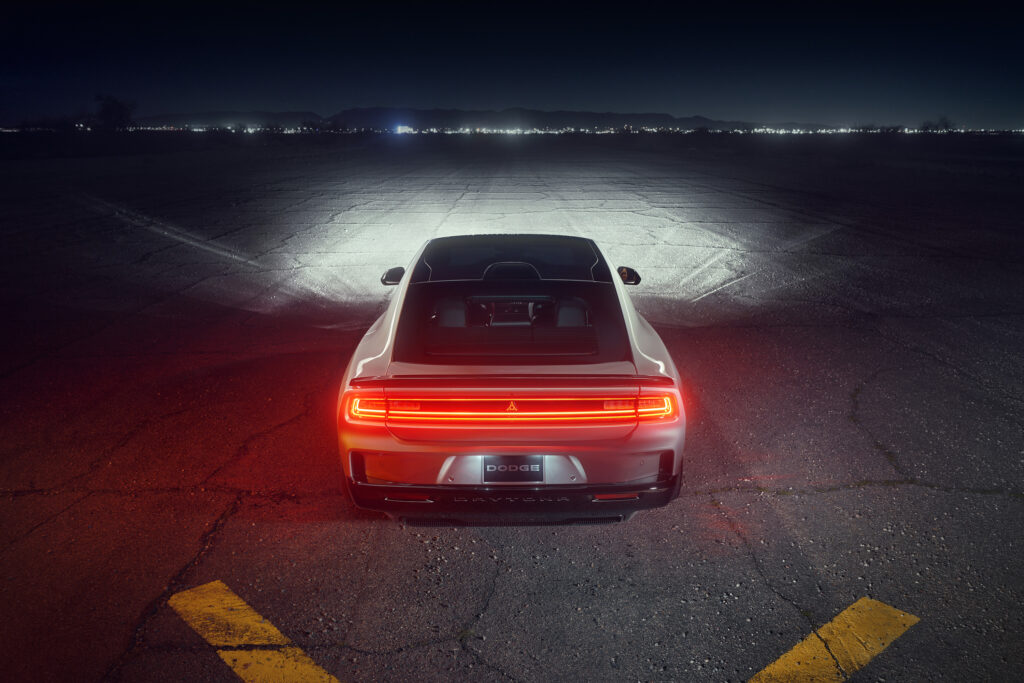

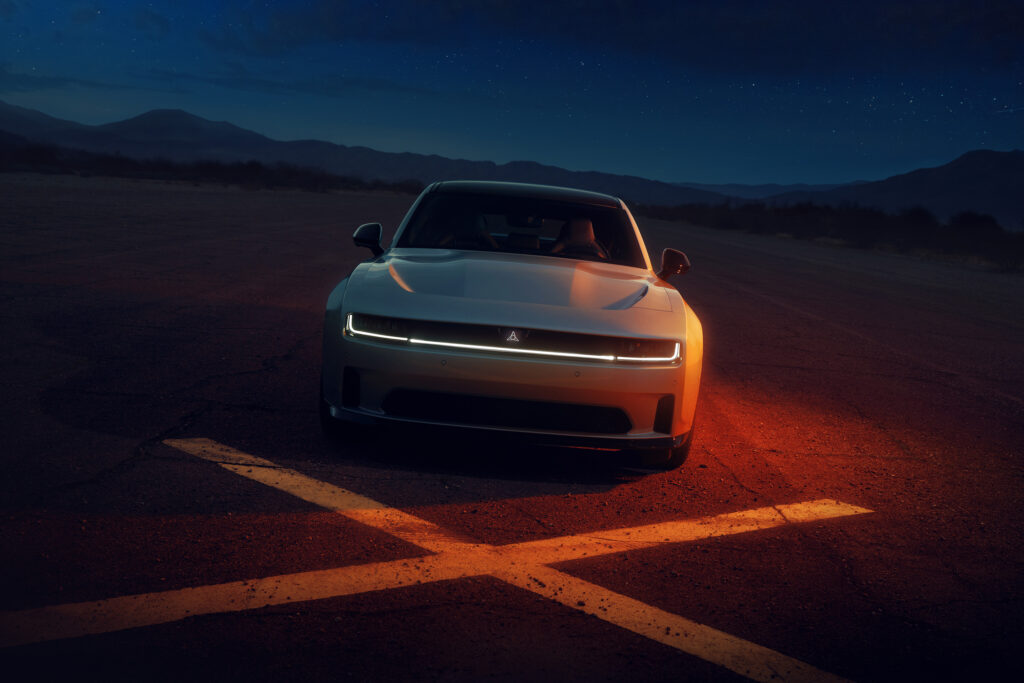
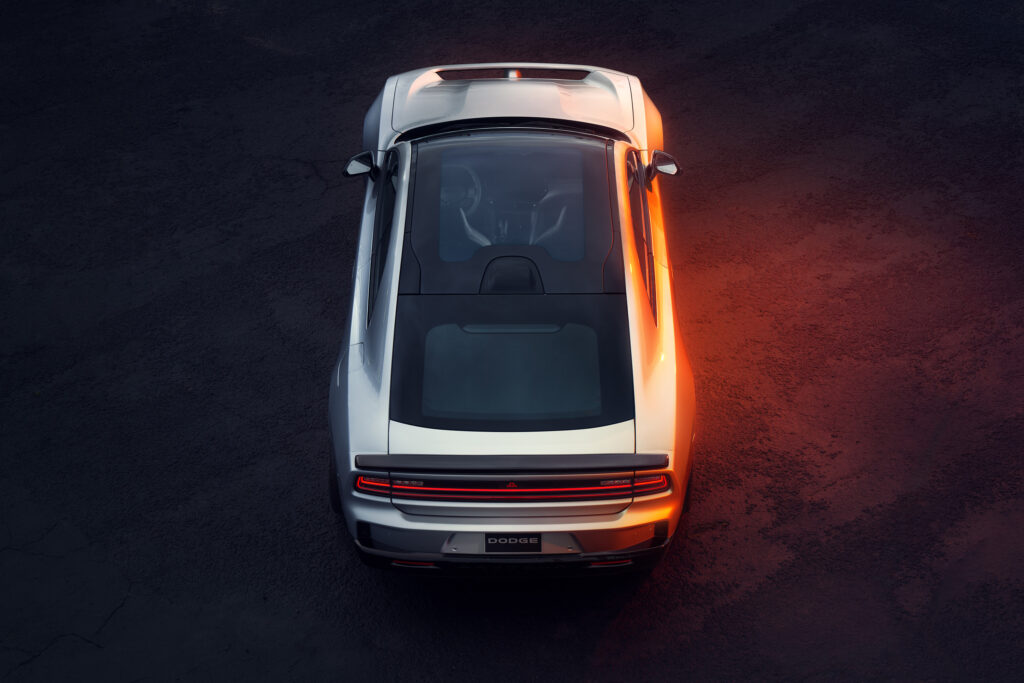
A lot of what I see with the new Charger is on-point, but it needs more. It’s time to take a swing at the biggest guy in the room — and to make sure he doesn’t get up. It’s time to exact revenge on Tesla for all those Hellcats that were silently walked in the quarter-mile. And if anyone knows how, it’s Dodge.
It’s time to think like the team who brought us the Roadrunner in A12-spec with triple carbs and steep gears. Those cars were Hemi killers, too.
It can be done with EV power if it’s done with Dodge’s full weight — and Dodge has already committed to an EV muscle future. So take that new Charger, kill the gas version and go all-in on performance the same way Dodge did with the 8-second drag-spec Demon. Lose any canned add-on that doesn’t make the new car a Tesla killer. Turn it up all the way and then some, strip it down, paint it a bright color and get working on marketing copy that both reaches back into muscle’s history and puts the Tesla crowd in their place. If Dodge is going to do this, they need to do this.
Legitimacy is the shortest path to curb appeal, and curb appeal builds legends.
It’s time for a new muscle war.








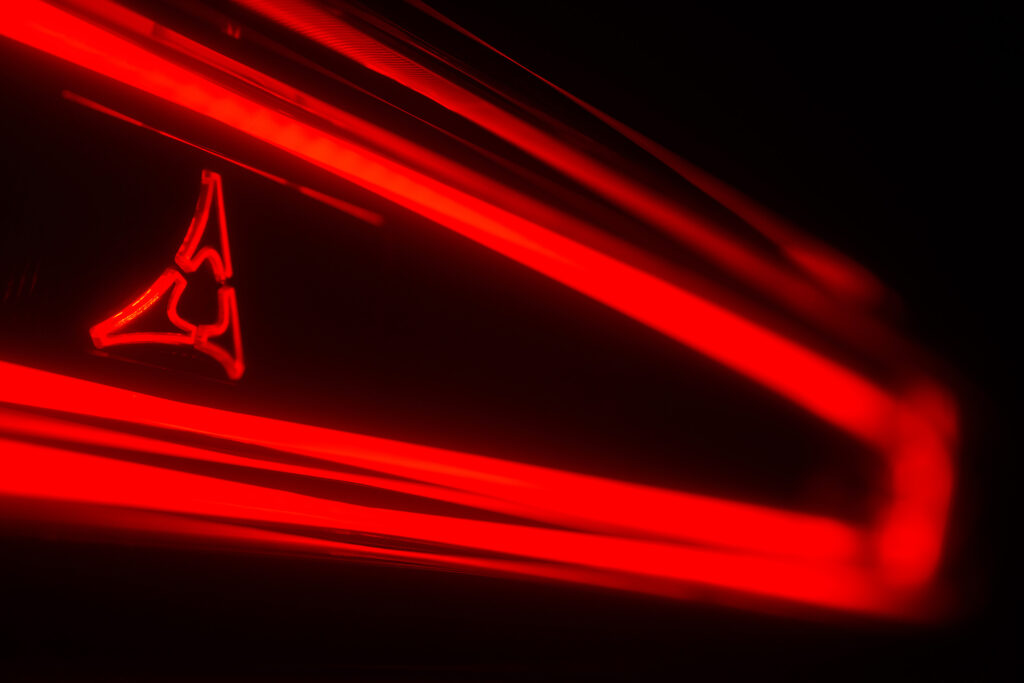




More Stories
Finding GM Gold
Snapshots from Monterey
Americana Modified